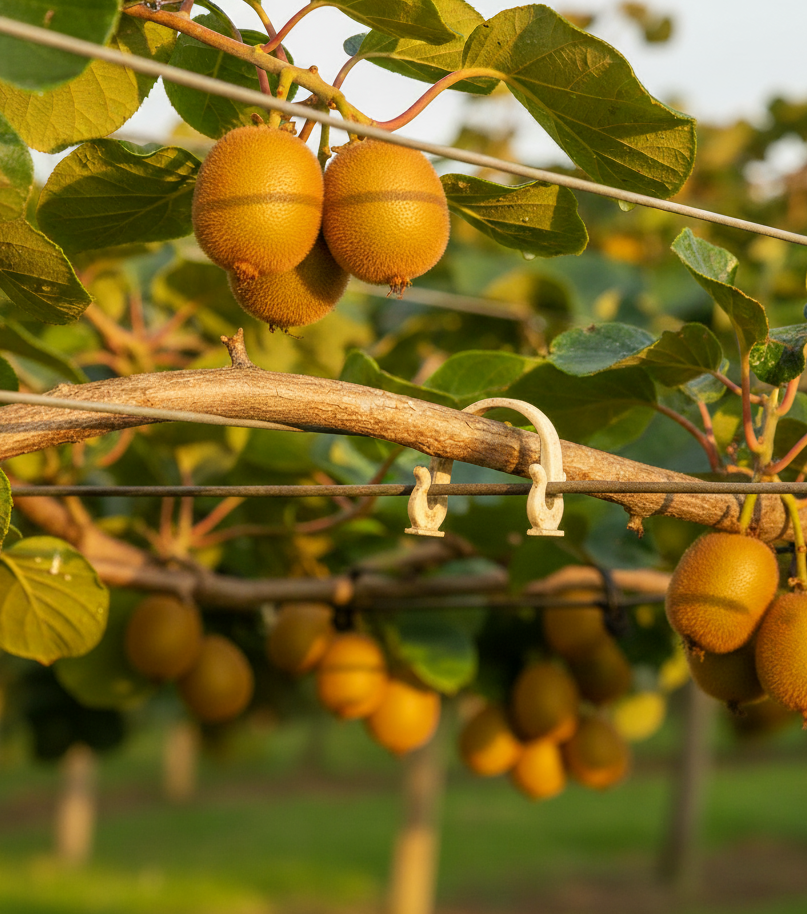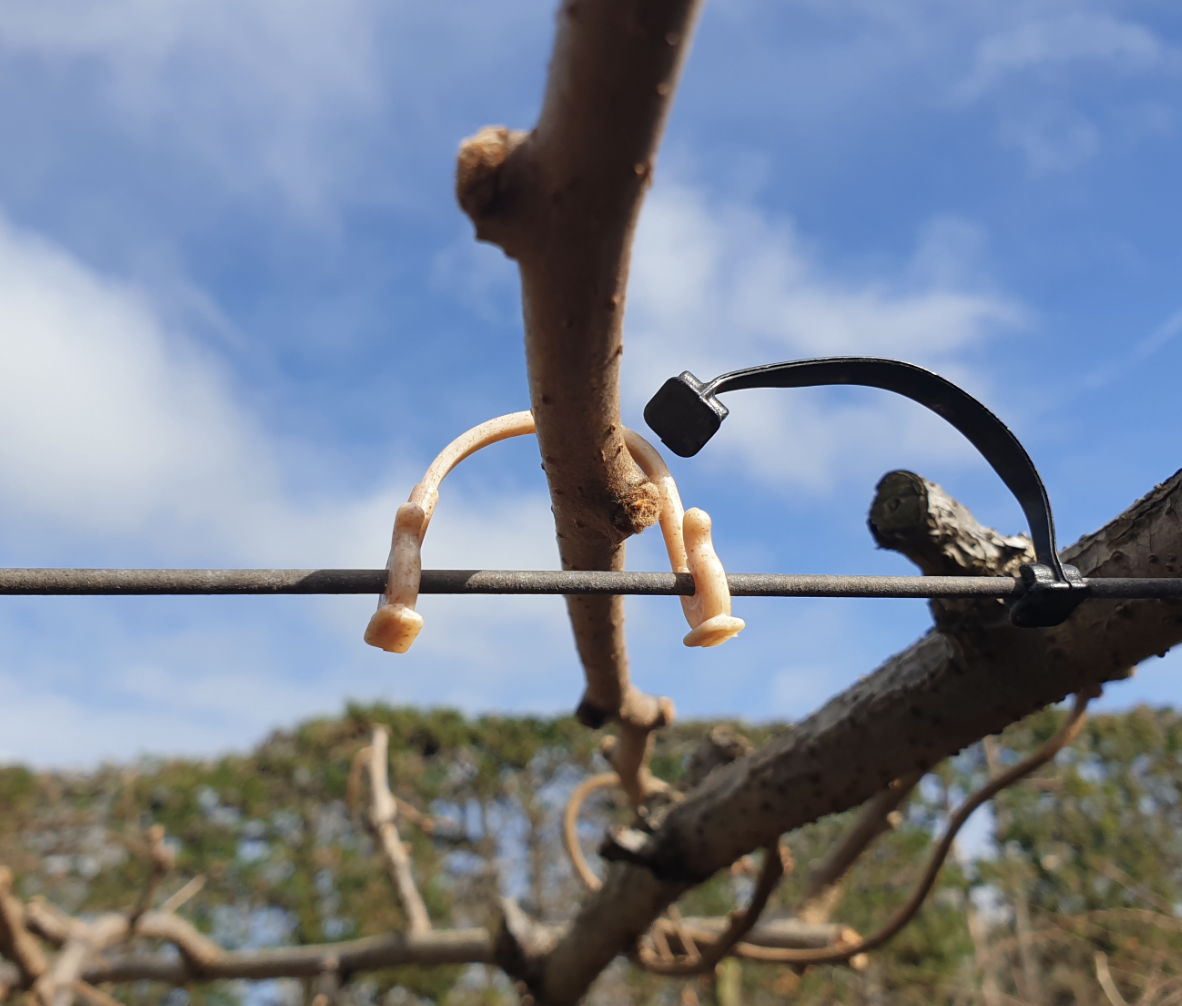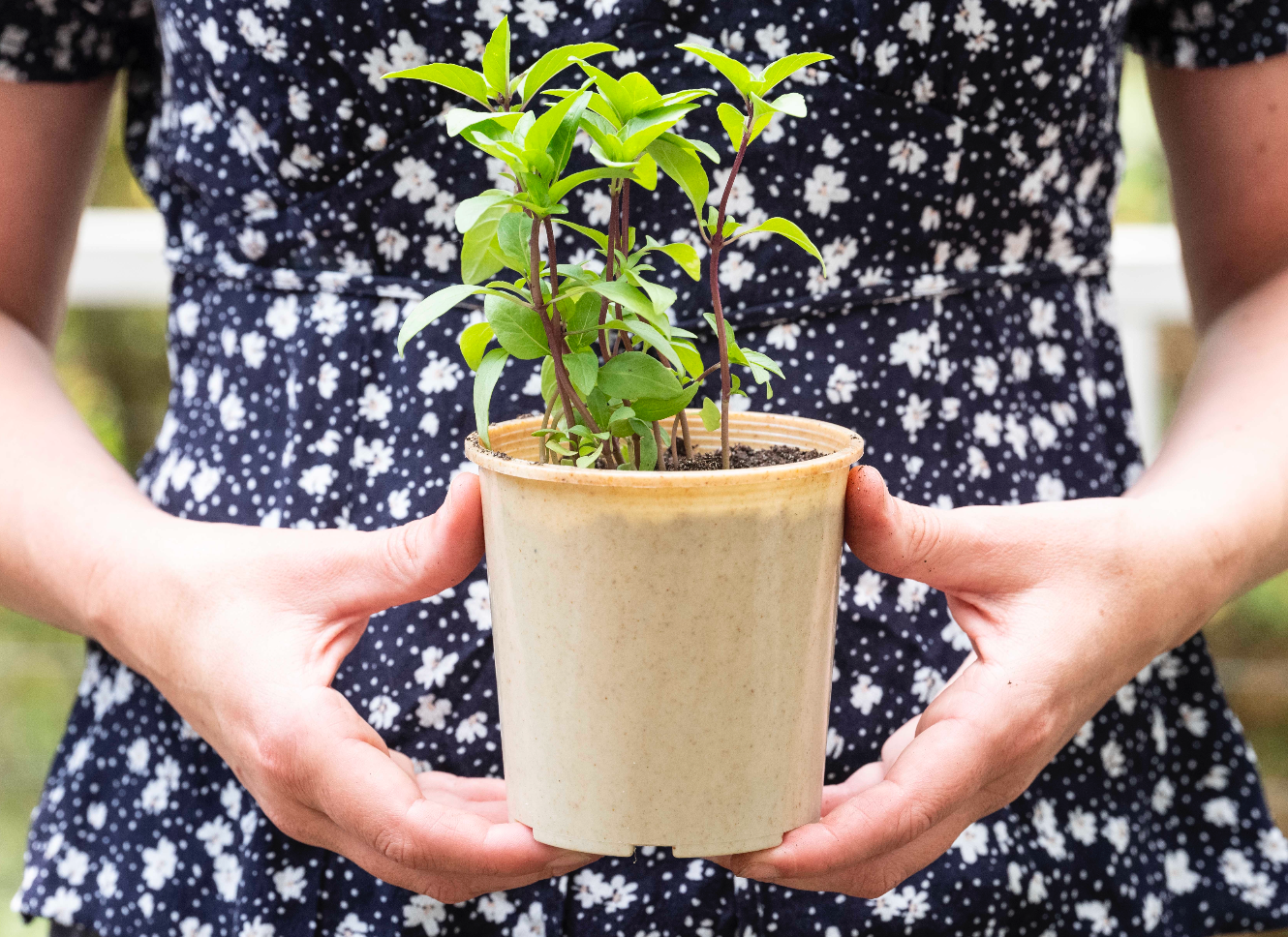Scope 3 Emissions and Nursery Plastics Procurement Shift
What if the plastics scattered across your greenhouse benches could actually help you win more contracts? That's not a hypothetical—it's the new reality of sustainable procurement. As major buyers shift toward climate-smart supply chains, the materials you choose are becoming one of your strongest differentiators. And the growers who recognize this shift early? They're already turning what used to be a hidden cost into a measurable advantage.
The change is straightforward: your customers' climate commitments now include your products. That means the pots, clips, stakes, and ties you source aren't just operational necessities—they're part of your customers' carbon accounting. And as procurement teams get serious about Scope 3 emissions, the materials you choose will directly influence whether you win or lose contracts.
Here's the opportunity: while most of the industry is still catching up, you can get ahead by understanding what's driving this shift—and how to position your operation to benefit from it.
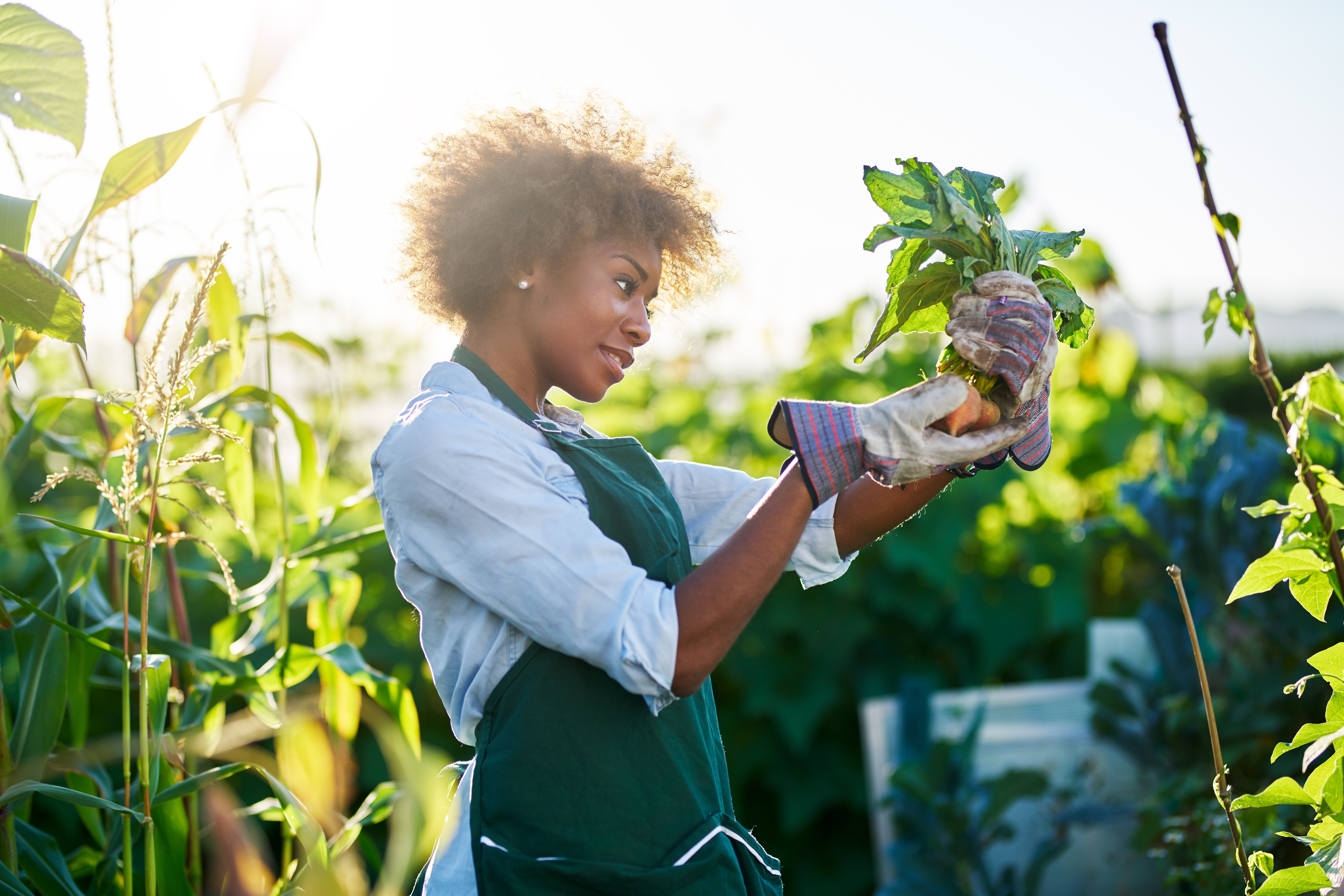
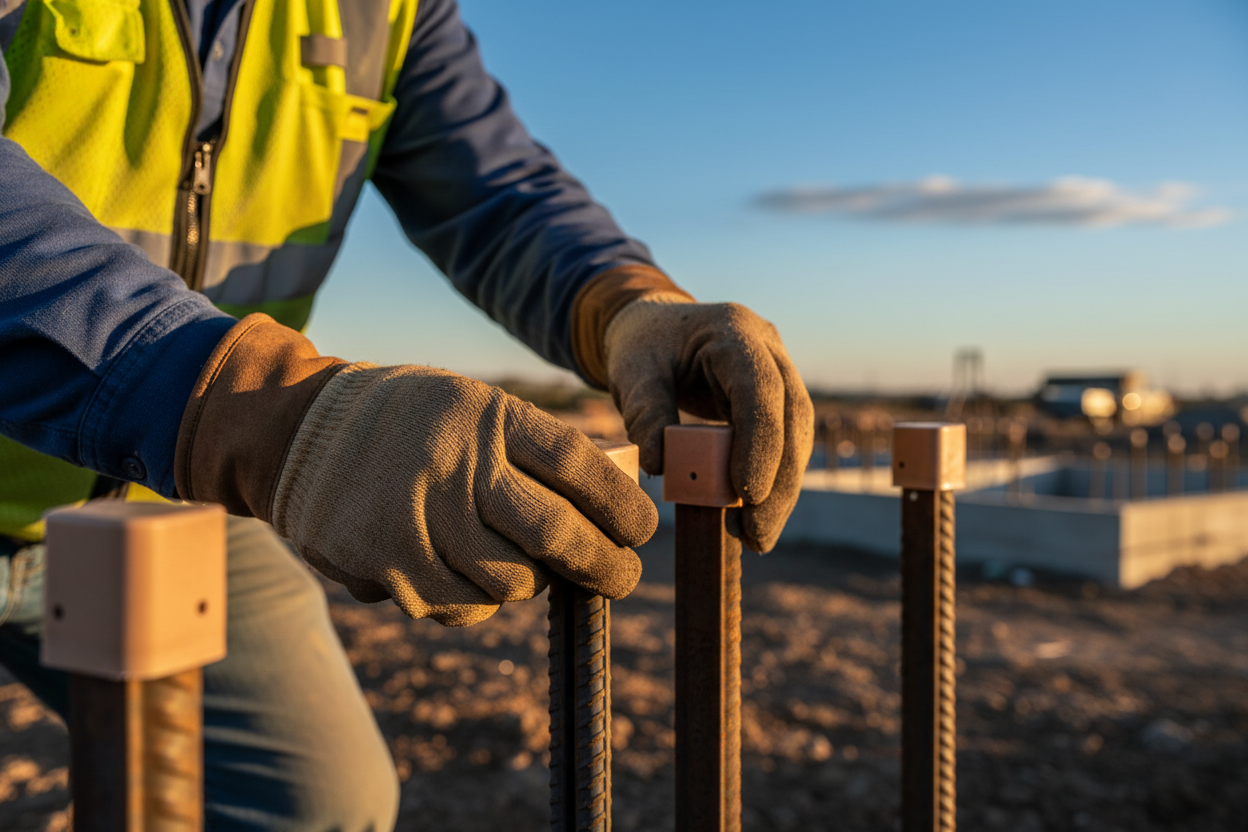
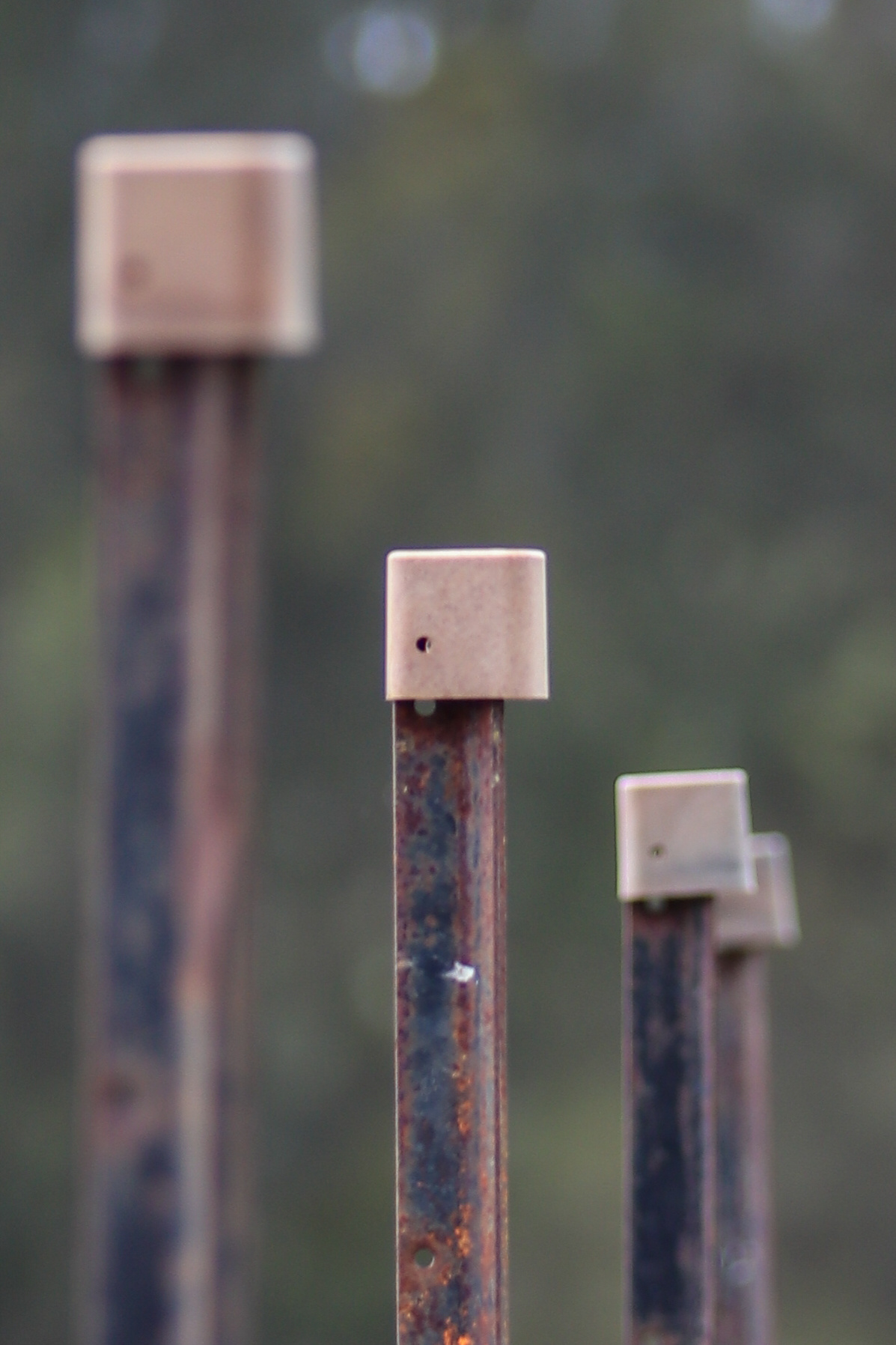
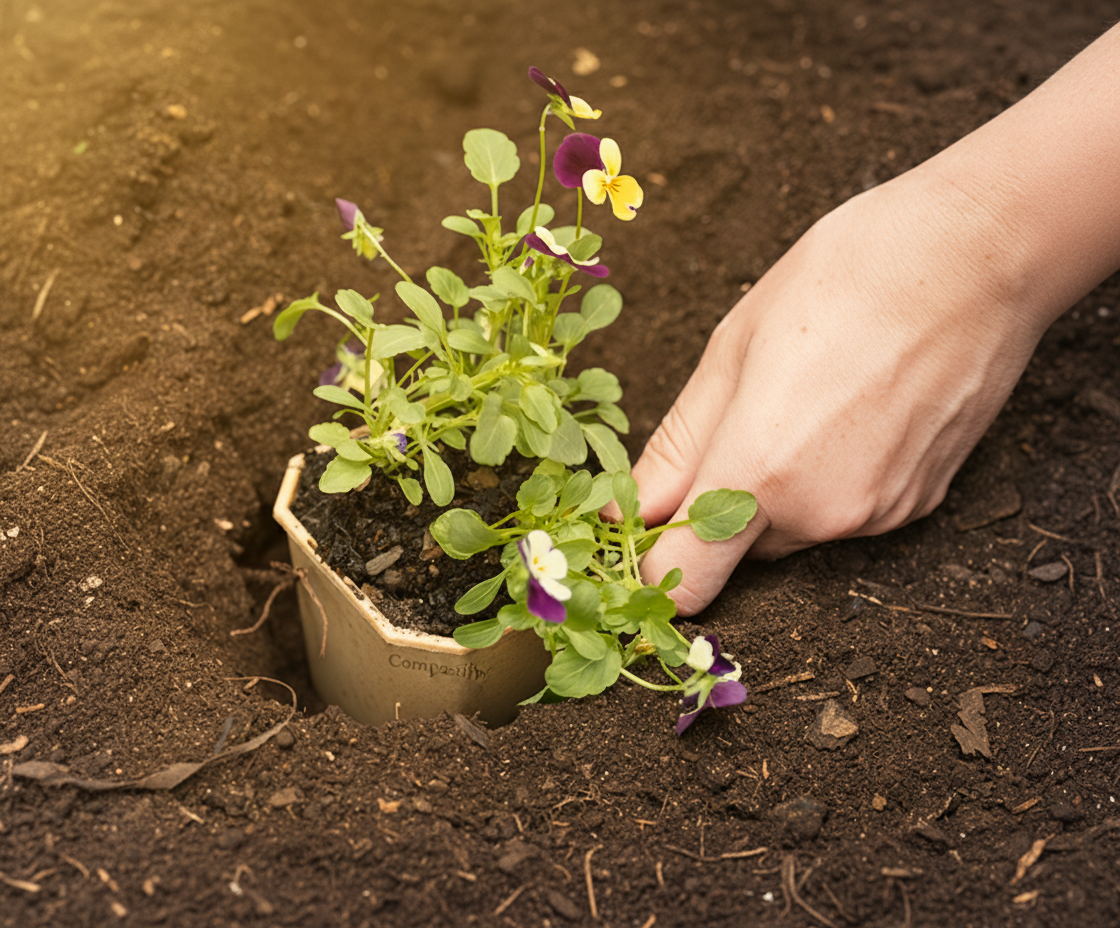
.png)
